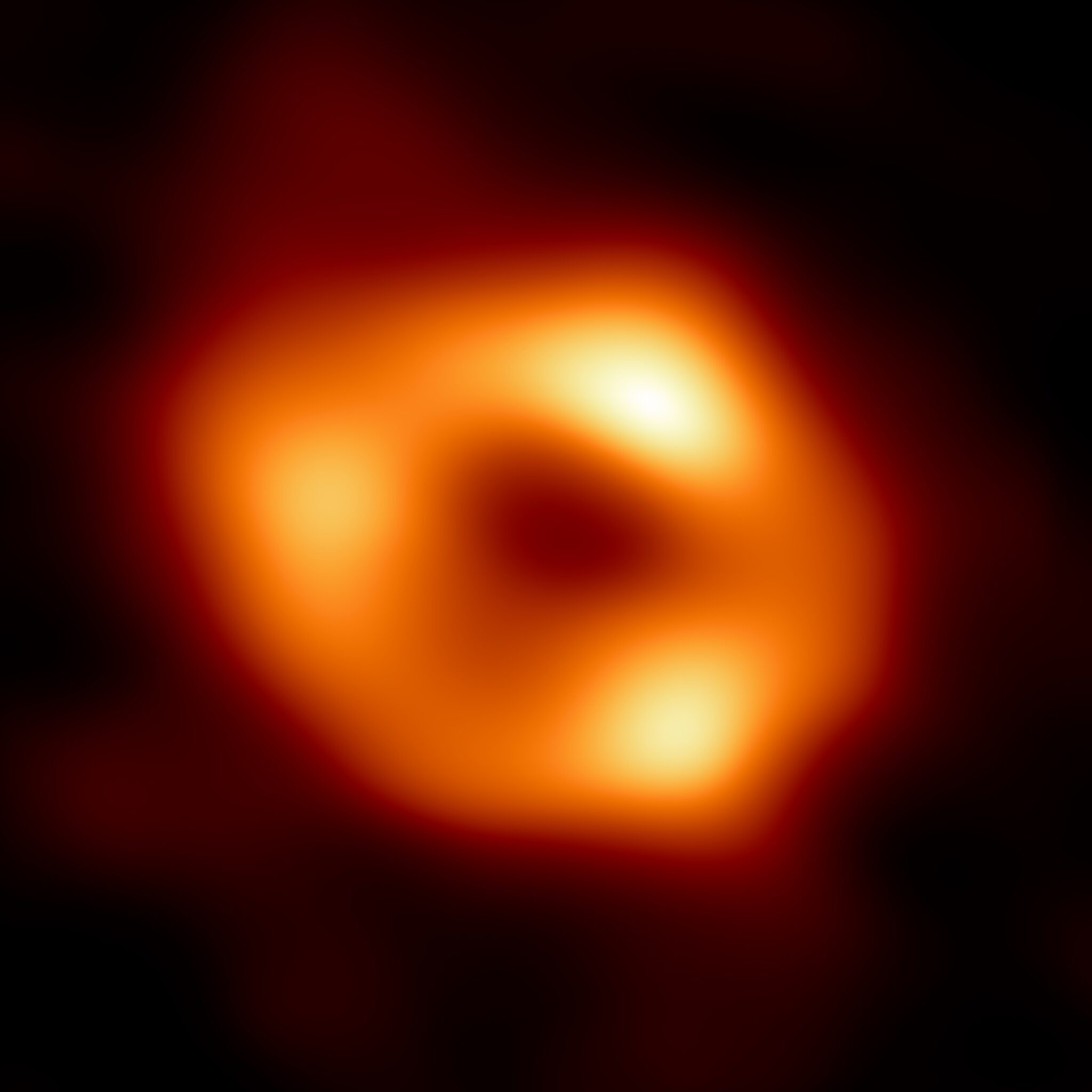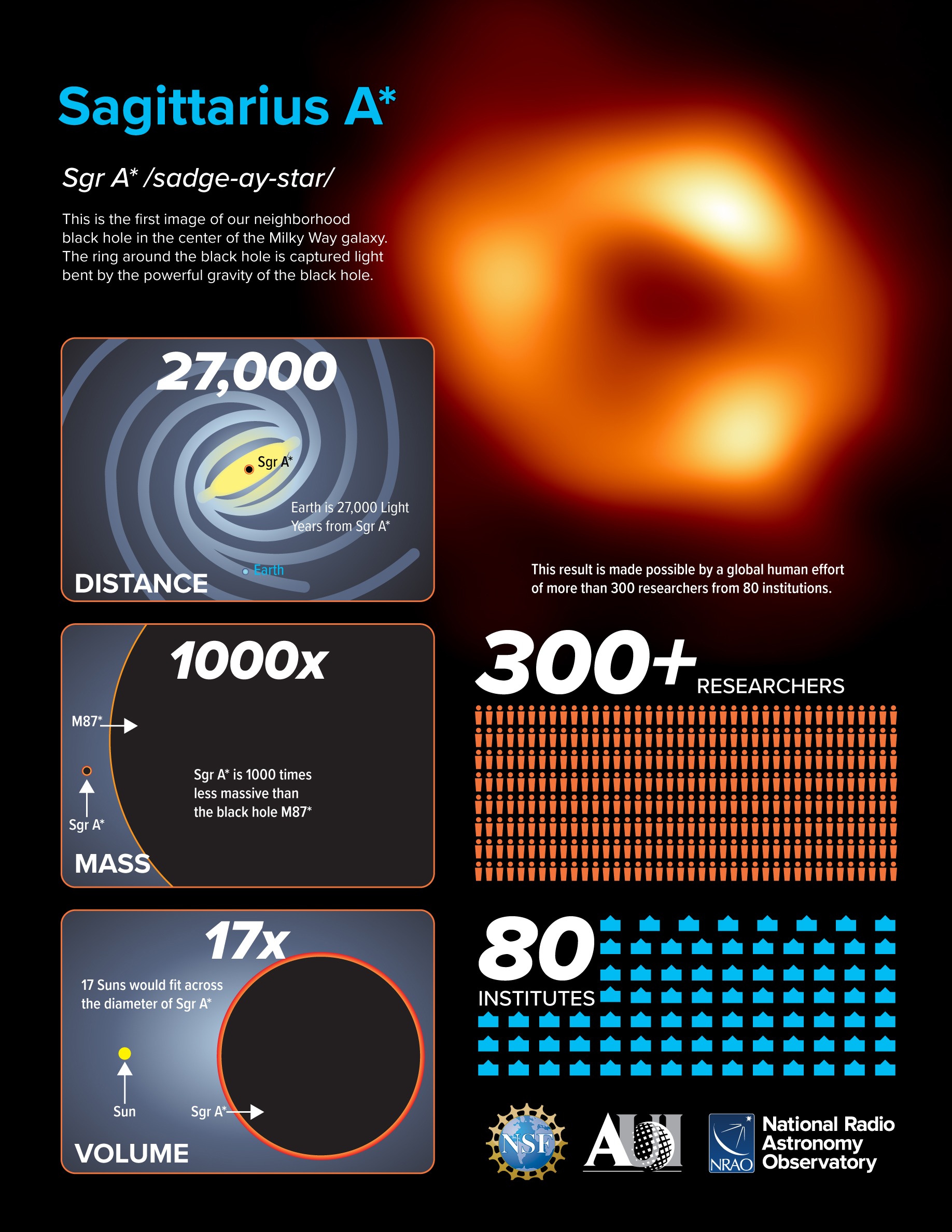Our galaxy hides a supermassive black hole at its center, Sagittarius A* (Sgr A*), located 26,000 light-years from Earth. However, getting a clear image of this object has been a challenge. Gas and dust spin around the hole at a speed close to the speed of light, making it difficult to observe. In 2022, scientists from the Event Horizon Telescope (EHT) project first unveiled an image of Sagittarius A* that looked like a blurry orange ring.

However, a new analysis of data from the National Astronomical Observatory of Japan (NAOJ) suggests that the image may have been inaccurate, because it contains artifacts. The researchers believe that the actual shape of the accretion disk may be more elongated than shown in the photo.
“The ring image resulted from errors during EHT’s imaging analysis,” noted Makoto Miyoshi, study leader.
How EHT creates an image
The EHT project brings together 400 scientists from 13 institutions. Using very long baseline interferometry, they combine observations from eight telescopes around the world into one virtual telescope the size of the Earth. But due to the limited number of telescopes, data collection was incomplete. Katie Bouman of the California Institute of Technology compared the process to playing a piano with some keys missing. Therefore, scientists used special algorithms to reconstruct the images.
Incorrect image processing
Unlike the black hole in galaxy M87 imaged by EHT in 2019, Sagittarius A* has a much lower mass. This causes the matter to rotate around it in just a few minutes, creating additional difficulties for observations. Also, obtaining a clear image was hindered by clouds of dust and gas between the Earth and the center of the galaxy.

Bouman noted that each data processing algorithm produced a slightly different result. It seems like the work of several independent detectives who may come to different conclusions. However, most EHT simulations have shown that Sagittarius A* is surrounded by a ring of light whose size corresponds to the orbit of Mercury, which is consistent with Einstein’s theory of general relativity.
New analysis of Sagittarius A* photo
Miyoshi and his team found that the ring in the image could be an artifact caused by an uneven distribution of points in the data. The researchers applied what they called “widely-used traditional” analysis methods to the EHT data, which differ from EHT’s own original method of analysis. The results showed that the accretion black hole is actually slightly elongated with the brighter eastern part moving towards us at about 60% of the speed of light. The team published the results of their analysis in the journal Monthly Notices of the Royal Astronomical Society.
Despite these disagreements, the researchers note that improved telescopes in the future will allow for more accurate images of Sagittarius A* and other black holes.
Earlier we reported that the black hole at the center of the Milky Way was ready for a radio burst.
Provided by Space.com


